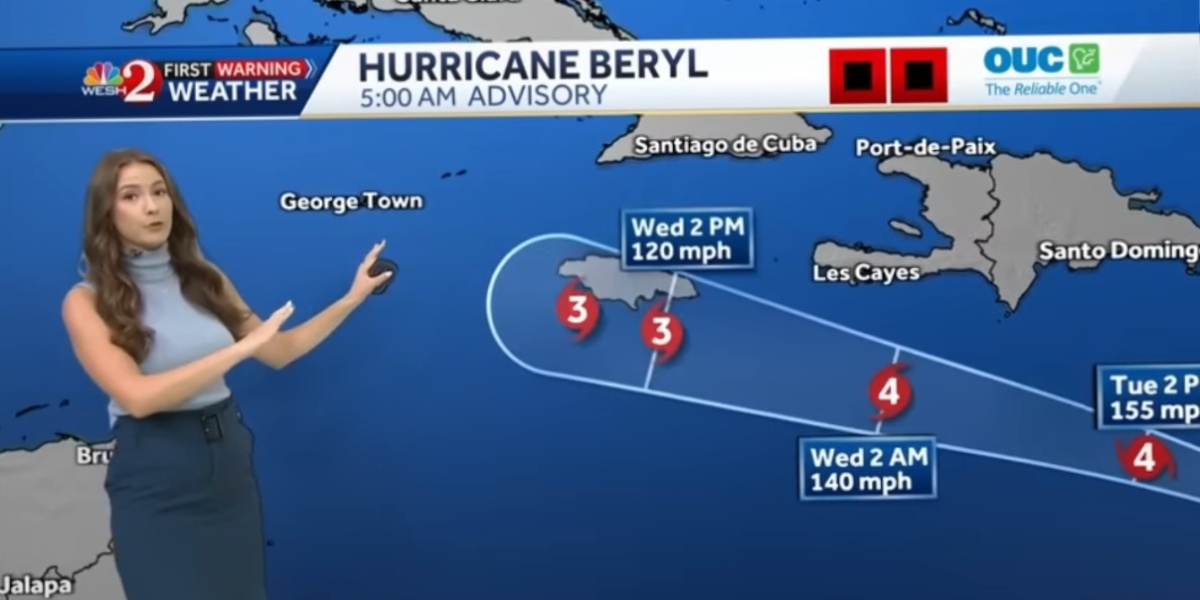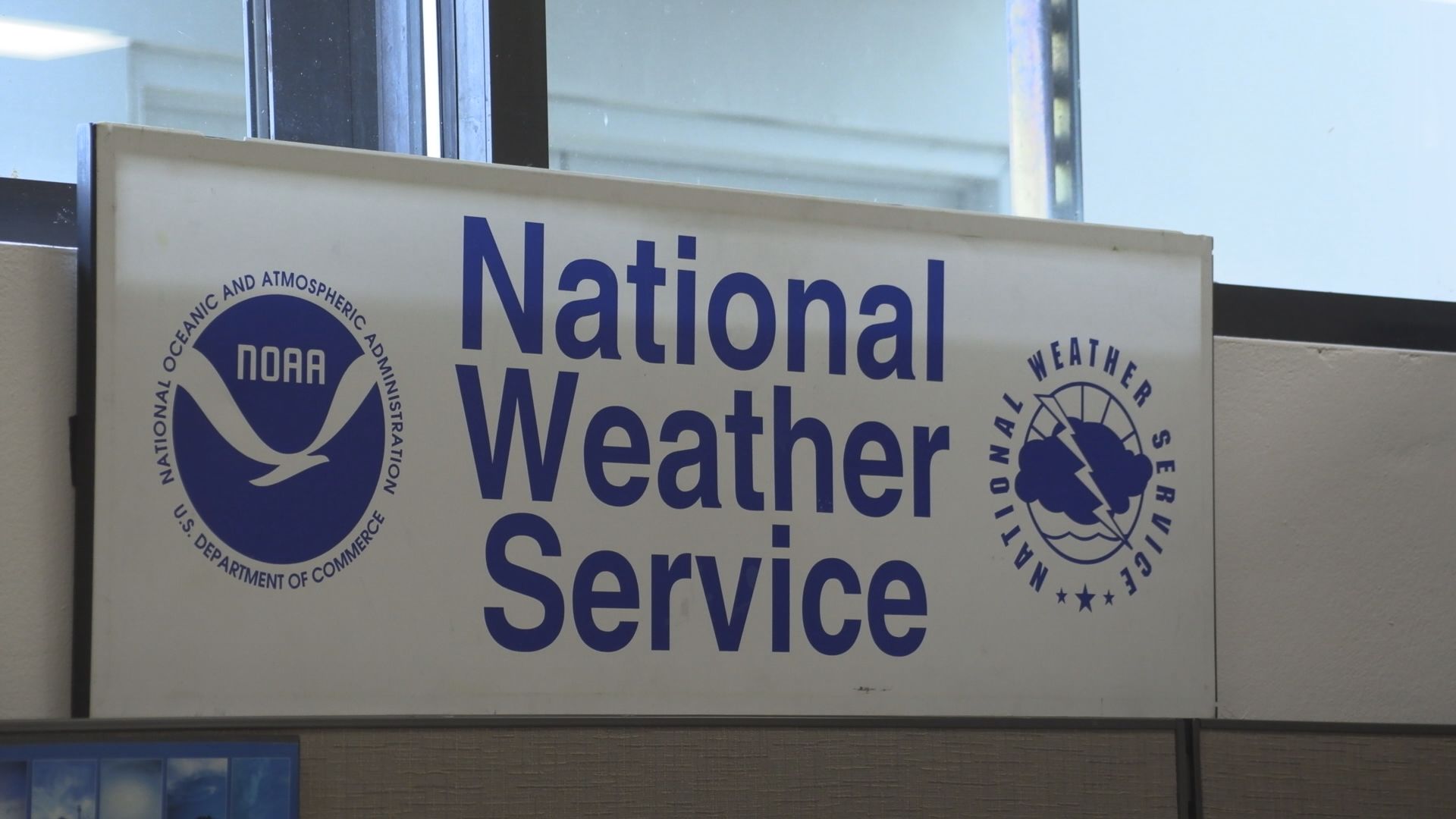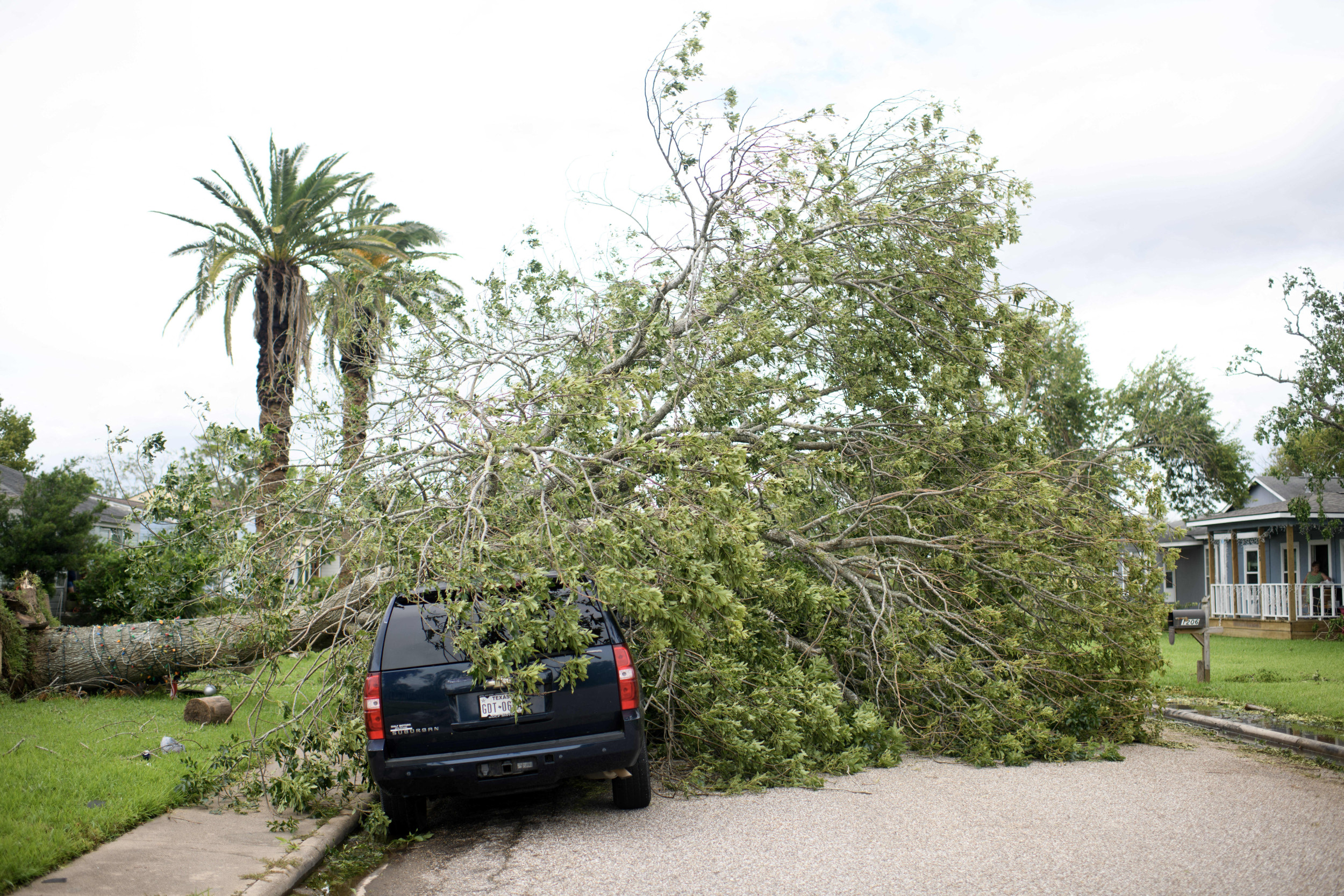Current Hurricane Beryl Status: Hurricane Beryl Now

Hurricane beryl now – As of 11 AM AST on July 8, 2023, Hurricane Beryl is a Category 3 hurricane with maximum sustained winds of 115 mph. The hurricane is located about 275 miles south-southeast of Cape Hatteras, North Carolina, and is moving north-northeast at 14 mph.
The National Hurricane Center has issued a hurricane warning for the coast of North Carolina from Surf City to the North Carolina/Virginia border. A tropical storm warning is in effect for the coast of North Carolina from south of Surf City to Cape Lookout, and for the coast of Virginia from the North Carolina/Virginia border to Cape Charles Light.
The wrath of Hurricane Beryl continues to batter the coastline, leaving a trail of destruction in its wake. As the storm rages on, meteorologists in Evansville are monitoring its path closely. Their latest weather updates provide a detailed analysis of the hurricane’s intensity and projected trajectory.
By staying informed about Evansville weather , residents can make informed decisions about their safety and prepare for the impact of Hurricane Beryl.
Hurricane Beryl is expected to continue moving north-northeast and strengthen to a Category 4 hurricane by late Saturday night. The hurricane is forecast to make landfall along the coast of North Carolina on Sunday morning.
Expected Impacts
Hurricane Beryl is expected to bring heavy rainfall, strong winds, and storm surge to the coast of North Carolina. The hurricane could also cause flooding and power outages.
Hurricane Beryl now rages with relentless fury, its winds howling like banshees. As we monitor its path, let’s not forget the valuable tornado tracker , a lifeline for those in the face of these swirling storms. With real-time updates and precise forecasts, it empowers us to stay vigilant and seek shelter when necessary.
Hurricane Beryl now demands our attention, but the tornado tracker remains an indispensable tool in our arsenal against the wrath of nature.
Residents in the affected areas should take precautions and follow the instructions of local officials.
Potential Impacts and Preparedness Measures

Hurricane Beryl poses significant threats to affected areas, including destructive winds, torrential rainfall, and potentially devastating storm surge. It’s crucial for individuals to take proactive steps to prepare for the hurricane’s impact.
Evacuation Plans and Emergency Supplies
Individuals in evacuation zones should adhere to local authorities’ instructions and evacuate promptly. They should prepare an emergency kit containing essential items such as food, water, medications, first aid supplies, and important documents. Additionally, it’s advisable to have a designated meeting place for family members in case of separation.
Home Safety Measures
To minimize damage to homes, residents should secure loose outdoor items, board up windows, and reinforce doors. They should also elevate valuables and essential belongings to higher levels to prevent water damage.
Local and Regional Emergency Response Plans, Hurricane beryl now
Local and regional authorities have developed comprehensive emergency response plans to address the potential impacts of Hurricane Beryl. These plans include evacuation procedures, emergency shelters, and coordination with first responders. Individuals should familiarize themselves with these plans and follow the instructions of local officials.
Historical Context and Comparisons

Hurricane Beryl is a developing storm with unique characteristics that warrant examination in the context of historical hurricanes. By comparing and contrasting its intensity, path, and impacts with previous storms, we can gain valuable insights into its potential trajectory and severity.
Hurricanes with similar trajectories in the past have often exhibited varying degrees of intensity and impact. For instance, Hurricane Katrina in 2005 shared a similar path to Beryl, but was significantly more intense, resulting in catastrophic damage. Conversely, Hurricane Rita in 2005 had a similar intensity to Beryl, but followed a different path, leading to less severe impacts.
Intensity Comparison
Beryl’s current intensity is comparable to Category 1 hurricanes on the Saffir-Simpson Hurricane Wind Scale. Historically, Category 1 hurricanes have caused significant damage, particularly in coastal areas. However, their impacts can vary depending on factors such as storm surge, rainfall, and wind speed.
Path Comparison
The projected path of Hurricane Beryl is similar to that of Hurricane Ike in 2008. Ike made landfall in Texas as a Category 2 hurricane, causing widespread damage. However, it is important to note that storm paths can be unpredictable, and Beryl’s trajectory may deviate from current forecasts.
Impact Analysis
Based on historical data, Category 1 hurricanes like Beryl have the potential to cause significant damage, particularly in areas vulnerable to storm surge and flooding. However, the specific impacts will depend on the storm’s intensity, path, and the preparedness measures in place.